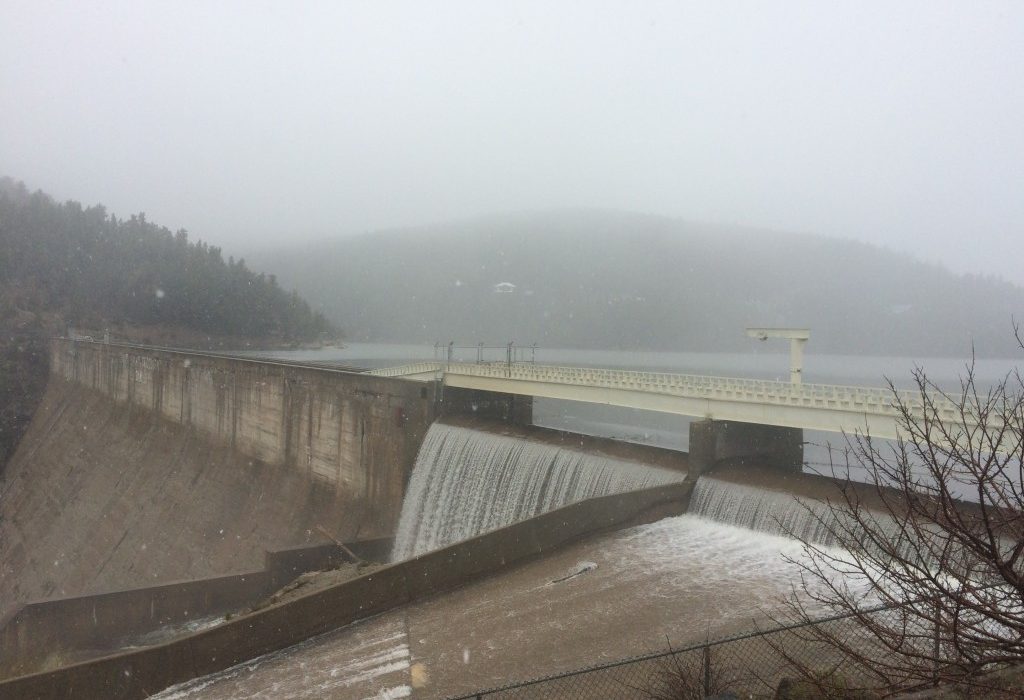
It is spilling. Just two weeks ago, the brown rim around the reservoir exposed just how low the water had gotten. Just a month ago, the water had receded so much that rocks and roots were exposed everywhere. Now, in seemingly the blink of the eye, it is filled to the brim. The running trail I had run all spring along the rim, is mere inches from being flooded by the ever burgeoning waters of Barker. And the water is not just spilling, it is absolutely gushing down the spillway.
Thinking about a hike to Arapaho Glacier later this summer, I pause to think of how this jagged peaks of the Indian Peaks Wilderness came to be. I have a basic understanding of the geology of the Colorado Rocky Mountains, how the landforms were uplifted. But what instills awe in my heart is the stark ruggedness of the peaks — how certain ones seem to come to a perfect point of three sides of a triangle touching. Others seem scarred by cirques and canyons.
What makes the mountains so glorious is courtesy of the power of water, in various forms. During the last ice age, it was glaciers that made their way down from the Continental Divide that created all those stark angles that a mountaineer is drawn to. As the glaciers slowly crept down the sides of the mountains, they scoured the rock, leaving behind depressions that filled with melting snow, and ridges called moraines.
Few glaciers remain in Colorado now, but the result of their work 10,000 years ago is left for all to admire. Snow is still a hallmark trait of the Rockies — collecting abundant amounts of it during the winter, so skiers may revel in powder. That same snow will melt through out this month, feeding the seeps, creeks, and ultimately rivers, including the mighty Colorado River. Waterfalls will be at the utmost spectacular, and wildflowers will bloom in pinks, purple, and yellow along the riparian areas adjacent to the waterways.
It’s staggering to think how utterly dependent we are on the water produced by the Rocky Mountains. Without it, our wells can go dry, our reservoirs dry up, impacting major cities down on the plains. And the implications ripple throughout the American southwest.
Upon one and only visit to Las Vegas, I became astounded by how a city could exist and even thrive in the middle of a hot and arid desert. The good people of Sin City can thank the Rocky Mountains and their ample snow pack for their water supply, as well as the Corps of Engineers that maintain the Hoover Dam.
We toured the Hoover Dam during that trip, and amidst the accolades of man’s great feat and the amount of power produced by it, I could only feel sad how the mighty waters of the Colorado had been prevented from its natural course. A raft trip through the Grand Canyon would be a far different and more wild trip without the dam.
Water, in all its forms — frozen, a trickle, falling from the sky, falling from a mountainside has infinitely shaped the landscape that surrounds us.

